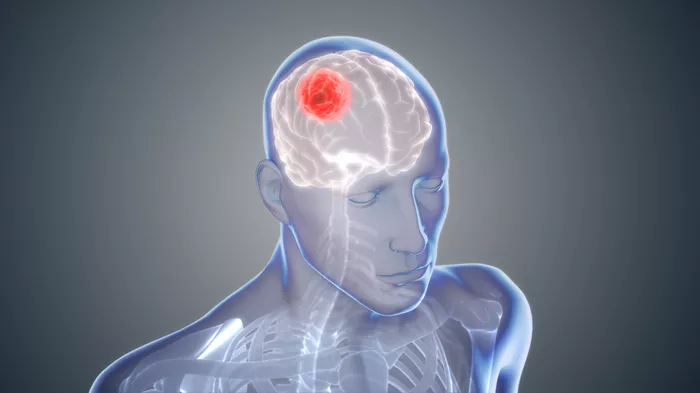A new treatment combining speech therapy with gentle electrical brain stimulation is showing promise for people with a rare brain disorder that affects language.
Researchers at the University of Arizona have developed a new approach to help patients with primary progressive aphasia (PPA), a neurological condition that slowly takes away a person’s ability to speak and write. There is currently no cure for PPA, and standard care typically involves only speech-language therapy to help maintain communication.
The new technique, called transcranial direct current stimulation (tDCS), sends a low-level electrical current through electrodes placed on the scalp. It is noninvasive, painless, and easy to use. When paired with speech therapy, it appears to help the brain rewire itself and improve language skills more effectively than therapy alone.
A Closer Look at the Study
The study, published in the Journal of Speech, Language, and Hearing Research, focused on a specific form of PPA known as logopenic PPA, where people struggle to find the right words and repeat sentences.
Twelve participants with language problems received two types of treatment over time. In one phase, they received speech therapy along with real tDCS. In another, they received the same therapy but with a fake (placebo) version of the stimulation. The treatments were spaced out with a two-month break in between.
All participants showed improvement in both phases, but the gains were stronger and lasted longer when real brain stimulation was used. Patients who had difficulty spelling and forming sentences were able to write more clearly and use better grammar after the combined treatment.
How It Works
Using brain scans, the scientists carefully targeted the healthy parts of the brain involved in language. The goal was to boost neuroplasticity—the brain’s natural ability to learn and form new connections.
“Brain stimulation can help the brain form new pathways,” said Dr. Aneta Kielar, the study’s senior author. “These pathways are key to learning and holding onto new skills.”
Katlyn Nickels, the study’s lead researcher, added that the success of this treatment gives hope to patients with progressive brain diseases.
“Many people think nothing can be done after a diagnosis like PPA,” Nickels said. “But this research shows that even with ongoing brain cell loss, we can help restore some function and even slow the decline.”
What’s Next?
The researchers plan to study how genes, brain activity, and thinking abilities affect how well someone responds to the treatment. They hope their findings will one day help more clinics use this method.
Because tDCS is safe, low-cost, and simple to apply, it could be more easily added to therapy programs for people with PPA.
Summary
A new study from the University of Arizona shows that combining speech therapy with a mild electrical brain stimulation technique called tDCS can greatly improve language abilities in people with primary progressive aphasia. The results offer hope that even in progressive brain disorders, targeted treatment can restore lost skills and improve quality of life.
Related topics:
- Does Vitamin D Really Prevent Colds? New Study Says Maybe Not
- Psilocybin Use Sees Sharp Rise, Especially Among Young and Older Adults
- New Oklahoma Research Center Fights Health Risks For Rural Kids


